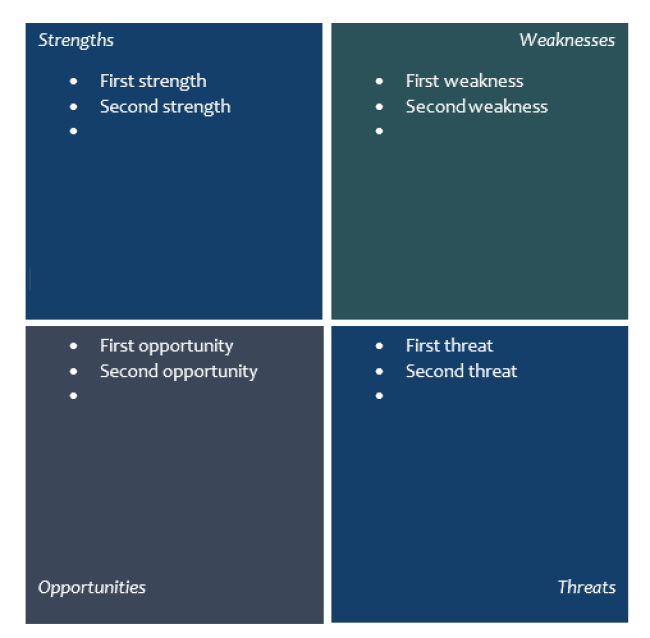
The Atlas uses the highest performance sensors available to deliver velocity with zero latency and real-time, motion-compensated heading. Industry leading 18 Hz GPS maximizes precision and minimizes latency while a 9-axis inertial measurement unit responds to changes in motion 1600 times per second.
Launch of the maiden flight of the Atlas I, with the satellite Function Manufacturer Country of origin United States Size Height 43.90m (144.00 ft) Diameter 3.05m (10 ft) Mass 164,300kg (362,200 lb) Stages 2.5 Associated rockets Family Launch history Status Retired Launch sites, Total launches 11 Successes 8 Failures 3 First flight July 25, 1990 Last flight April 25, 1997 The Atlas I was an American, used in the 1990s to launch a variety of different satellites. The 'I' in 'Atlas I' can cause confusion, as all previous Atlas rockets were designated using letters, ending with the Atlas H, however subsequent rockets were designated using Roman numerals, starting with the. Officially, the 'I' is the Roman numeral '1'.
Eleven launches took place, with three failures. Though the Atlas I was marketed as a new rocket, it was more just a re-brand of the Atlas G/H for commercial payloads, while the Atlas G and H were mostly private. Atlas I was the last use of the classic Atlas design with three engines, jettisonable booster section, and two vernier engines, as Atlas II, while retaining most of those features, replaced the verniers with a roll control system. Launch history [ ] Date/Time (GMT) Serial Number Payload Outcome Remarks Atlas Centaur July 25, 1990, 19:21 AC-69 5049 Successful Maiden flight of Atlas I, spacecraft later failed April 18, 1991, 23:30 AC-70 5050 Failure Due to management' s schedule and cost pressure, engineers made a quick but wrong conclusion that One Centaur engine failed to start due to debris lodged in the LH2 turbopump. RSO destruct at T+441 seconds. The real problem was LH2 mixing with atmospheric nitrogen to form a plug of solid nitrogen in a Centaur engine valve.
This resulted in the engine not developing thrust and the twin engine Centaur tumbled out of control. The problem would resurface again in Atlas AC-71. March 14, 1992, 00:00 AC-72 5052 Successful August 22, 1992, 22:40 AC-71 5051 Failure Centaur engine failure followed by RSO destruct. Just like the 1991 launch, this incident was caused by LH2 mixing with atmospheric nitrogen to form a plug of solid nitrogen in a Centaur engine valve. The condition was caused by an experimental procedure to increase performance by cooling the Centaur engines prior to ignition. The procedure was not fully tested under flight like conditions. This time management gave full authority to examine every possible cause until the root was found.
March 25, 1993, 21:38 AC-74 5054 Failure An improperly torqued set screw caused the Atlas sustainer engine to drop to 75% thrust starting at T+25 seconds. By booster staging at T+120 seconds, sustainer thrust was down to 60%. The payload was placed in an unusable orbit. This was the last failed launch involving an Atlas vehicle. September 3, 1993, 11:17 AC-75 5055 (USA-95) Successful April 13, 1994, 06:04 AC-73 5053 (GOES-8) Successful June 24, 1994, 13:50 AC-76 5056 (USA-104) Successful May 23, 1995, 05:52 AC-77 5057 (GOES-9) Successful April 30, 1996, 04:31 AC-78 5058 Successful April 25, 1997, 05:49 AC-79 5059 (GOES-10) Successful Final flight of Atlas I See also [ ] • References [ ].
According to the Federal Centers for disease control. All told, Health officials estimate, infections for which vaccines already exist kill 70000 Americans a year and s t r i k e hundreds of thousands more — costing tens of billions of dollars in medical care and lost work. It is curious that while Americans are more fussy about their health than ever before, they're neglecting the most powerful preventive measure in medicine. Shots have saved countless lives since childhood vaccines became widely used. There were 200000 U.S.
Cases of diphtheria reported in 1921 — none in 1986. Paralytic polio struck around 57000 in 1952 — only two last year. But even in light of such well-knownmedical triumphs, researchers say, no more than one in five adults whose life would be jeopardized by a vaccine-preventableinfection gets immunized against it. 'Historically, we've thought of immunization as something for children', says Dr.
Alan Hinman, director of the CDC's division of immunization. Azastan tarihi shpargalka azasha 2013. 'But it's an adult thing to do'. Are you unprotected? Whether you should prime your diseasefighting antibodies depends on your age and medical history and the probability of direct infection. For final advice, consult your doctor. So that you can take stock of your bodily defenses, here is a survey of the most threatening diseases for which va ccines are available.
 Create a business plan using Word with a companion Excel workbook for customizing financial statements. Word Invoice Template Invoice Template for Word.
Create a business plan using Word with a companion Excel workbook for customizing financial statements. Word Invoice Template Invoice Template for Word.
